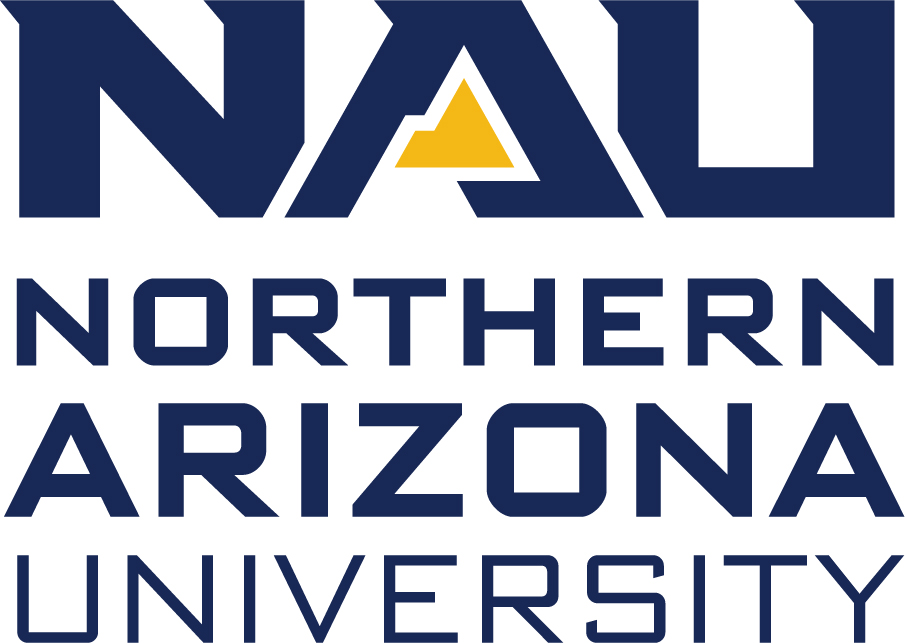Newswise — With the protesters at Standing Rock clearing out and the fight over the Dakota Access Pipeline moving in a new direction, Christopher Jocks, a senior lecturer in the Department of Applied Indigenous Studies at Northern Arizona University, said opposition to the pipeline is so strong among Native Americans because indigenous people have a fundamentally different view of the land—and its resources, including water—than many other groups. He is available to give deeper insight into the historical, religious angle of the continuing DAPL saga. Jocks is especially interested in local, grassroots, community-based efforts to strengthen traditional social relationships and decision-making in indigenous tribes in both the United States and Canada. Language, religion, worldview, sovereignty, sustainability and gender relations all are components of his work. He also focuses on grief and consensus in indigenous theory practice and the comparative legal and political history of indigenous peoples. He is an enrolled member of the Kahnawake Mohawk tribe.
Contact: Christopher Jocks, senior lecturer, applied indigenous studies; [email protected] or (928) 523-6140
Points of interest• The pipeline crosses a corner of land outside but adjacent to the Standing Rock Sioux reservation, as recognized by the United States government. Treaties recognized this corner as Lakota land in 1859, but left it as unceded Lakota territory when the reservation was created in 1868. It was never ceded to the United States by the Lakotas.• “Like the Black Hills, it was claimed and occupied by Americans anyway. The Lakota bonds with and sense of responsibility for this land is far deeper and far older than any claim of ownership under U.S. law.”• “As with Indigenous people everywhere, the Lakota people from Standing Rock and Cheyenne River relate to the land not as commodity or space for development, but as the foundation of all life, all learning, all relationships, all meaning. Generation upon generation, they have built their knowledge and love from the land.”• “Like Indigenous people everywhere, Lakotas are taught to think of the future generations, not merely themselves. This is why the likelihood of ruptures and leaks from the Dakota Access Pipeline as it crosses beloved lands and waters is measured by Lakotas in generational terms.”
